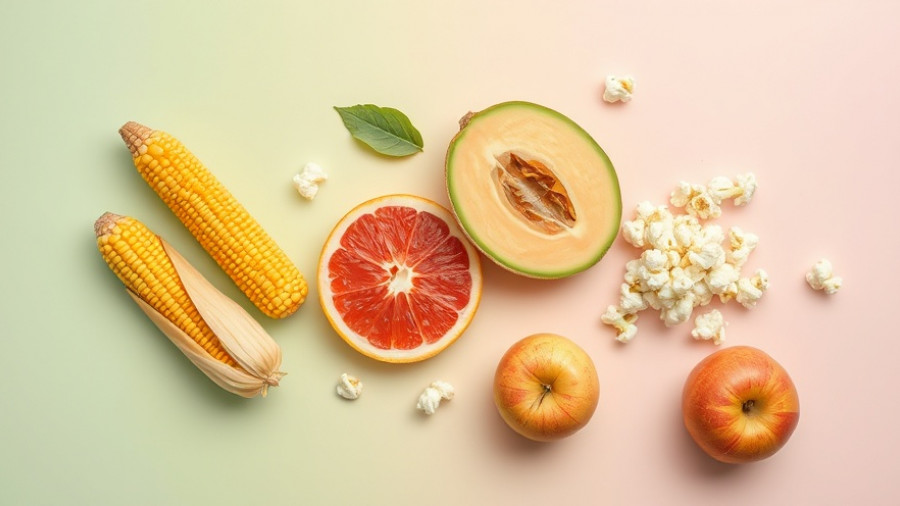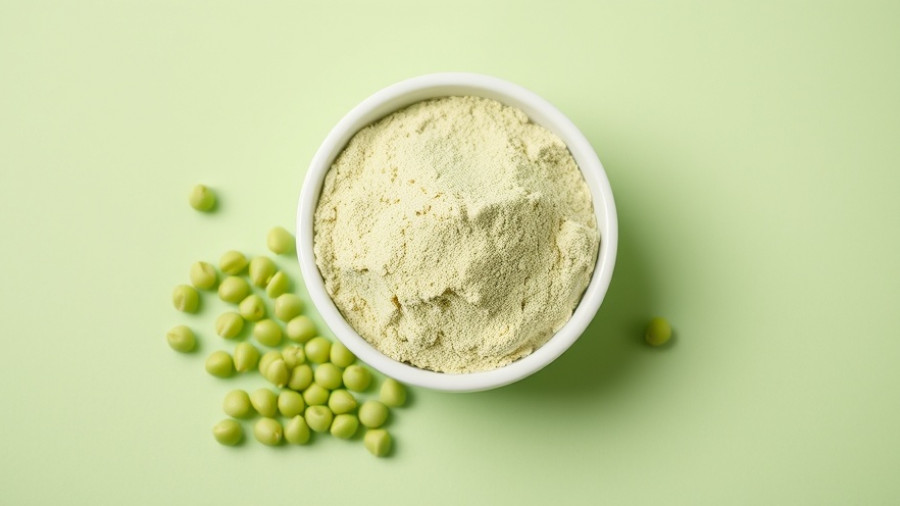
Revitalize Your Wellness with These Drinks for Vaginal Health
Many of us are focused on maintaining a healthy lifestyle through regular exercise and balanced meals, but did you know that the drinks you consume can also play a significant role in your vaginal health? It's true! Just like the gut, the vagina has its own microbiome that flourishes with the right nutrients. In this article, we'll explore seven key beverages that can support your intimate health, based on emerging research and expert insights.
Cranberry Juice: A Traditional Ally
Cranberry juice has long been associated with urinary tract health, but its benefits extend to vaginal health as well. Rich in vitamins and minerals, cranberry juice may promote a balanced bacterial environment in your vagina. A small study concluded that women who consumed cranberry juice daily had fewer harmful bacteria, allowing the beneficial types to thrive. As Dr. David Ghozland states, "Drinking cranberry juice a couple of times a week can help prevent infections by stopping harmful bacteria from taking hold." Consider incorporating pure, unsweetened cranberry juice into your routine for a tasty boost.
The Probiotic Power of Kefir
This fermented milk drink is a powerhouse of probiotics known for improving gut health. But did you know it can also positively impact your vaginal microbiome? Kefir is abundant in live cultures that can help restore balance to vaginal bacteria. Enjoy it plain or in smoothies, and not only enhance your gut health but support your vaginal health as well!
Mango Smoothies: A Delicious Source of Nutrients
Mango smoothies not only tantalize your taste buds, but they also pack a nutritional punch. Rich in vitamin A and other important nutrients, mangoes help support a healthy microbiome. You can create a refreshing mango smoothie by blending fresh mango with yogurt—a great way to combine probiotics with a vitamin-rich fruit!
Green Tea: Antioxidants for Every Body
The antioxidants found in green tea can play a crucial role in supporting overall health. Regular consumption may help reduce inflammation and promote a balanced immune system, which in turn supports vaginal health. Swap your afternoon soda for a warm cup of green tea—it's a small change that can offer big benefits.
Bone Broth: Unsung Hero for Gut and Vaginal Health
Bone broth is gaining popularity as a nourishing elixir that supports gut health and may indirectly benefit your vagina as well. It's packed with collagen, minerals, and amino acids that can support overall health. By maintaining a healthy gut, you're more likely to support balanced vaginal flora. Sip on bone broth as a warming beverage or use it as a base for soups.
Beetroot Juice: A Boost for Blood Flow
Beets are known for their many health benefits, primarily their ability to enhance blood flow. Incorporating beetroot juice into your diet can help with circulation and overall vitality, which is essential for reproductive health. Its earthy flavor can be delicious when paired with other fruits in a juice blend or smoothie.
Water: The Unsung Hero
It may seem simple, but drinking enough water is paramount for maintaining vaginal health. Staying hydrated helps to support natural lubrication and overall bodily function. Strive to drink at least eight glasses of water a day and consider infusing it with fruits for added flavor.
The Bigger Picture: Holistic Health Approach
While these drinks can significantly contribute to maintaining vaginal health, they are not magical solutions. It’s crucial to maintain a balanced diet and consult with healthcare professionals regarding any health concerns. Combining these beverages with a healthy lifestyle can create a comprehensive approach to enhanced well-being.
Empowering Yourself with Knowledge
Understanding how different foods and drinks impact your health is vital. The choices you make in the grocery store can help shape your health journey. By incorporating beverages that promote vaginal health, you not only nourish your body but also empower yourself to make informed choices that enhance your wellness.
Conclusion: Take Charge of Your Health Today
Your health is in your hands! Integrate these drinks into your daily routine, and don’t shy away from discussing your vaginal health needs with your doctor. Making small changes today can lead to significant health benefits tomorrow!
 Add Row
Add Row  Add
Add 




Write A Comment